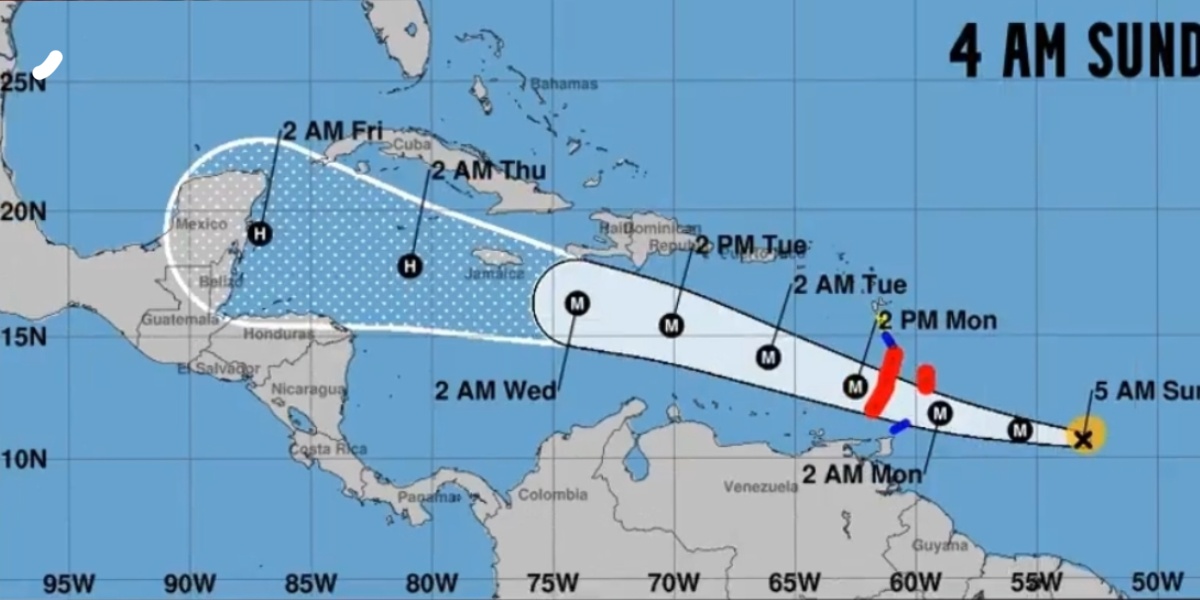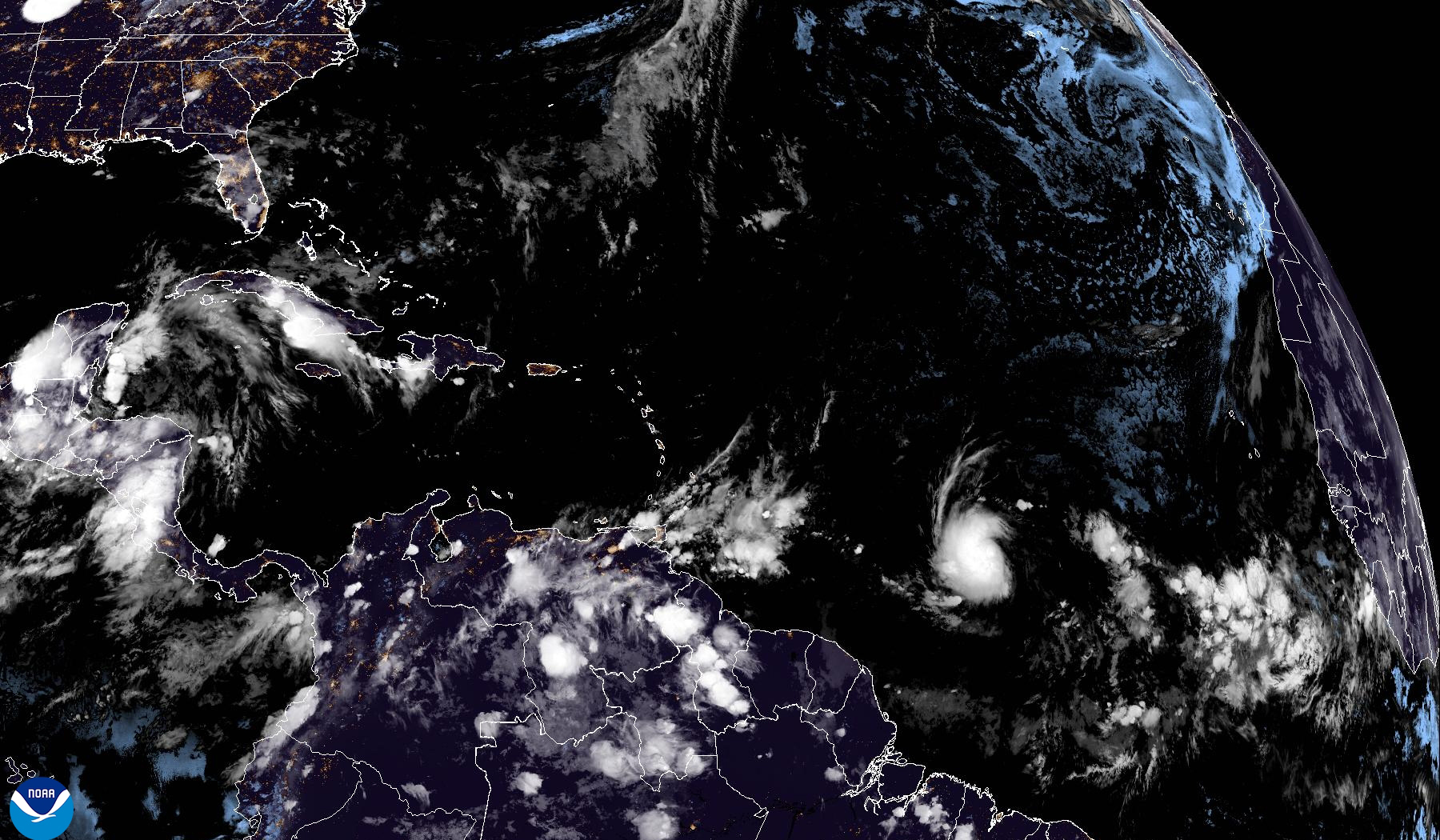Hurricane Beryl’s Impact on Coastal Communities: National Hurricane Center Beryl

National hurricane center beryl – Hurricane Beryl poses significant risks to coastal communities, including storm surge, high winds, and flooding. Coastal communities can prepare for and mitigate these effects by implementing measures such as:
- Evacuating low-lying areas and securing property.
- Stockpiling emergency supplies and creating evacuation plans.
- Reinforcing structures and installing hurricane shutters.
Successful Hurricane Preparedness and Response Efforts
Many coastal communities have successfully prepared for and responded to hurricanes, minimizing damage and loss of life. For example, during Hurricane Katrina in 2005, New Orleans implemented a comprehensive evacuation plan, resulting in the safe evacuation of over a million people.
National Hurricane Center Beryl keeps an eye on the tropical storm Beryl as it chugs along the Atlantic. For more information on the storm, visit nhc beryl. Beryl is expected to strengthen in the coming days, so stay tuned to the National Hurricane Center for updates.
Forecasting and Tracking Hurricane Beryl

The National Hurricane Center (NHC) uses various methods to forecast and track hurricanes, including:
* Observational data: Satellites, aircraft, buoys, and weather stations provide real-time information about a hurricane’s location, intensity, and movement.
* Numerical weather prediction (NWP) models: Computer simulations that predict future weather patterns based on current conditions.
* Statistical models: Use historical data to predict hurricane behavior and impacts.
Forecasting hurricanes involves inherent challenges and uncertainties due to:
* Complex atmospheric processes: Hurricanes are influenced by multiple factors, including wind patterns, ocean temperatures, and atmospheric pressure.
* Data limitations: Observational data may be incomplete or unavailable, especially in remote areas.
* Model inaccuracies: NWP models are not perfect and can produce errors in predicting hurricane tracks and intensities.
Hurricane Tracking Tools and Resources
The NHC provides various tools and resources to track hurricanes, including:
* Hurricane Advisories: Regularly updated bulletins with detailed information on hurricane location, intensity, and forecast track.
* Hurricane Watches and Warnings: Issued when a hurricane is expected to affect specific areas, indicating potential hazards and evacuation recommendations.
* Hurricane Tracker: Interactive online map that allows users to visualize hurricane tracks and forecasts.
* Tropical Weather Outlook: Provides a daily assessment of tropical weather activity, including areas with potential for hurricane development.
Historical Hurricanes and their Impact on Beryl’s Forecast

Understanding the historical patterns of hurricanes that have followed similar paths to Hurricane Beryl can provide valuable insights into its potential intensity and trajectory. By analyzing the behavior of past storms, meteorologists can identify common trends and deviations that could influence Beryl’s development.
Historical Hurricane Analysis
Meteorologists examine historical data on hurricanes that have taken similar paths to Beryl, considering factors such as their initial location, movement, and intensity. By comparing Beryl’s current characteristics to those of past storms, they can assess the likelihood of similar outcomes.
Influence on Beryl’s Forecast, National hurricane center beryl
Historical data can inform the forecast for Beryl’s intensity and trajectory in several ways:
- Intensity Forecast: By analyzing the intensity of past hurricanes with comparable paths, meteorologists can estimate the potential for Beryl to strengthen or weaken.
- Trajectory Forecast: Historical data can reveal typical movement patterns for hurricanes in the region, providing guidance on Beryl’s likely track and potential landfall locations.
Potential Deviations
While historical data provides a valuable framework, it is essential to recognize that each hurricane is unique. Meteorologists carefully monitor Beryl’s behavior for any deviations from historical patterns that could impact its forecast. Factors such as changes in wind shear, sea surface temperatures, and atmospheric conditions can alter a hurricane’s intensity and trajectory.
National Hurricane Center Beryl na sey em wan big storm. Right now, the storm na go head northeast over de ocean. You fit check storm beryl path for more information about where the storm na go pass. National Hurricane Center Beryl na still watch the storm and give update as e dey go.